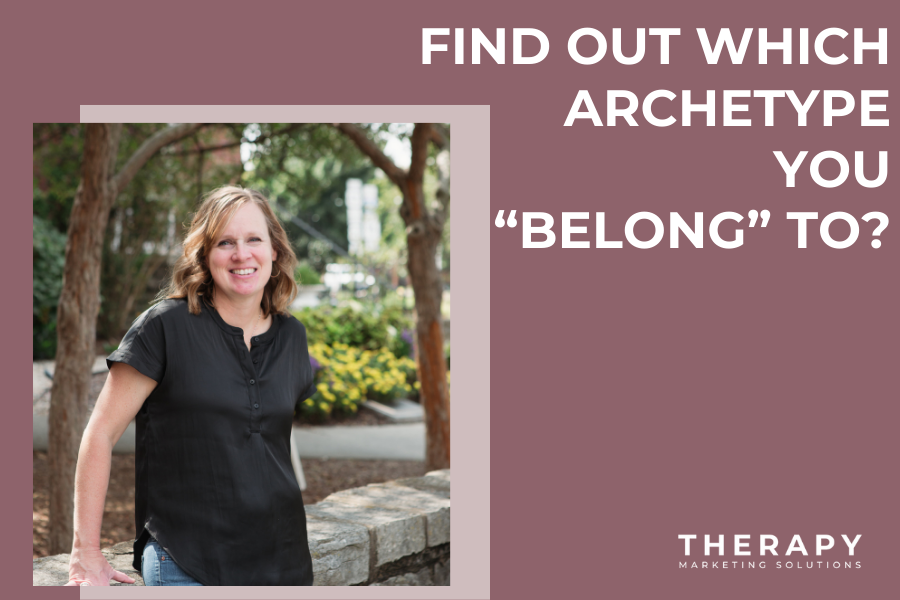The Archetypes of Belonging
You may be wondering why we started with these three archetypes. Well, the Lover, Jester, and Everyman archetypes all have something kinda fun in common. We call them the archetypes of Belonging. While the Lover exudes the desire for connection, intimacy, and emotional resonance, the Jester archetype has a playful and irreverent nature, and the Everyman represents relatability and inclusivity. Together, these archetypes paint a picture of a brand that not only connects with its audience on an emotional level but also creates a welcoming space where everyone feels valued and accepted. Though their means are quite different, these three archetypes all arrive at the same end.
(Image from this website)
Jester
Let’s kick things off with the Jester archetype. Picture the court jester, the mischievous entertainer whose antics never fail to bring joy and laughter. Brands embodying the Jester archetype are known for their playful and irreverent nature, always looking to inject humor into every interaction. Take, for example, Ben & Jerry’s, the beloved ice cream company famous for its quirky flavor names and witty marketing campaigns. By embracing the Jester archetype, Ben & Jerry’s creates a sense of fun and spontaneity, inviting customers to indulge in a guilt-free treat and join in the laughter. If your company has a little bit of the jester in you, embrace it and take note of some other jester-like companies: The Onion, M&Ms, Doritos, and Mailchimp.
Everyguy/Everygal
Next up, we have the Everyguy/Everygal archetype, representing brands that pride themselves on being relatable and down-to-earth. These brands resonate with the average person, offering products and services that cater to everyday needs and aspirations. Think of companies like IKEA, known for its affordable and simple designs. By embodying the Everyguy/Everygal archetype, IKEA positions itself as a trusted friend here to help as you look for a comfortable and stylish home.
Lover
Last but certainly not least, we have the Lover archetype. This archetype embodies passion, intimacy, and connection, fostering deep emotional bonds with customers. Think of companies like Chanel, the luxury fashion house renowned for its timeless elegance and romance. By evoking feelings of love and desire, Chanel creates a sense of exclusivity and allure, appealing to customers who crave luxury and sophistication. Revlon, Vogue, and Hallmark also fit this archetype, so keep in mind that the emotions behind this type aren’t always romantic, but simply strong emotional connections.
Some Fantastic Archetypes
Now that we have a pretty good understanding of the first three archetypes, let’s talk about some fun combinations of the three along with some other archetypes that we talked about last week. When crafting a brand identity using archetypes, it’s important to note that you typically choose two archetypes to define your brand—one as the dominant archetype and the other as the influencer. Selecting the right combination of archetypes is key to creating a compelling brand story that captivates and inspires. These companies that we are introducing have two archetypes in their branding.
Snickers
First up, let’s consider Snickers, a brand that boasts the Hero and Jester archetypes. Through its “You’re Not You When You’re Hungry” campaign, Snickers positions itself as the ultimate pick-me-up for all of us, while injecting a healthy dose of humor into its messaging. None of us can forget Betty White in hulking out due to extreme hunger. By combining the aspirational qualities of the Hero archetype with the playful irreverence of the Jester archetype, Snickers creates a winning formula that resonates with audiences worldwide.
Carvana
Caravana represents the Everyguy/Everygal and Magician archetypes. Through seamless integration of technology and a focus on customer convenience, Carvana empowers everyday consumers to take control of their car-buying journey, transforming a traditionally stressful process into a hassle-free experience. By revolutionizing the car-buying experience with its innovative online platform (and vending machine-like stores), Carvana makes purchasing a vehicle feel like magic.
Pixar
And finally, Pixar. Everybody knows Pixar to be a master storyteller. Pixar expertly combines the Magician and Jester archetypes to create unforgettable cinematic experiences. Through its enchanting tales and witty humor, Pixar transports audiences to worlds of wonder and delight. Pixar has become synonymous with innovation and imagination in the world of animation.
You’ve Got This!
These are fantastic examples of the versatility and effectiveness of brand archetypes in marketing. You can use the identity of your brand to really resonate with your audience and leave a long-lasting impression. Whether you’re a seasoned marketer or just starting out, understanding the power of archetypes can provide invaluable insights into crafting a brand that connects with clients on an emotional level and stands the test of time.
As allied health professionals, you promote health and wellness in your communities. By applying the principles of archetypal branding to your practice, you can create a compelling narrative that resonates with clients and sets you apart from the competition. Consider the archetypes that best align with your values and aspirations, and let them help you solidify a brand that leaves a lasting impression on your clients and colleagues alike. Stay tuned for the next few archetypes in our upcoming blog post!


